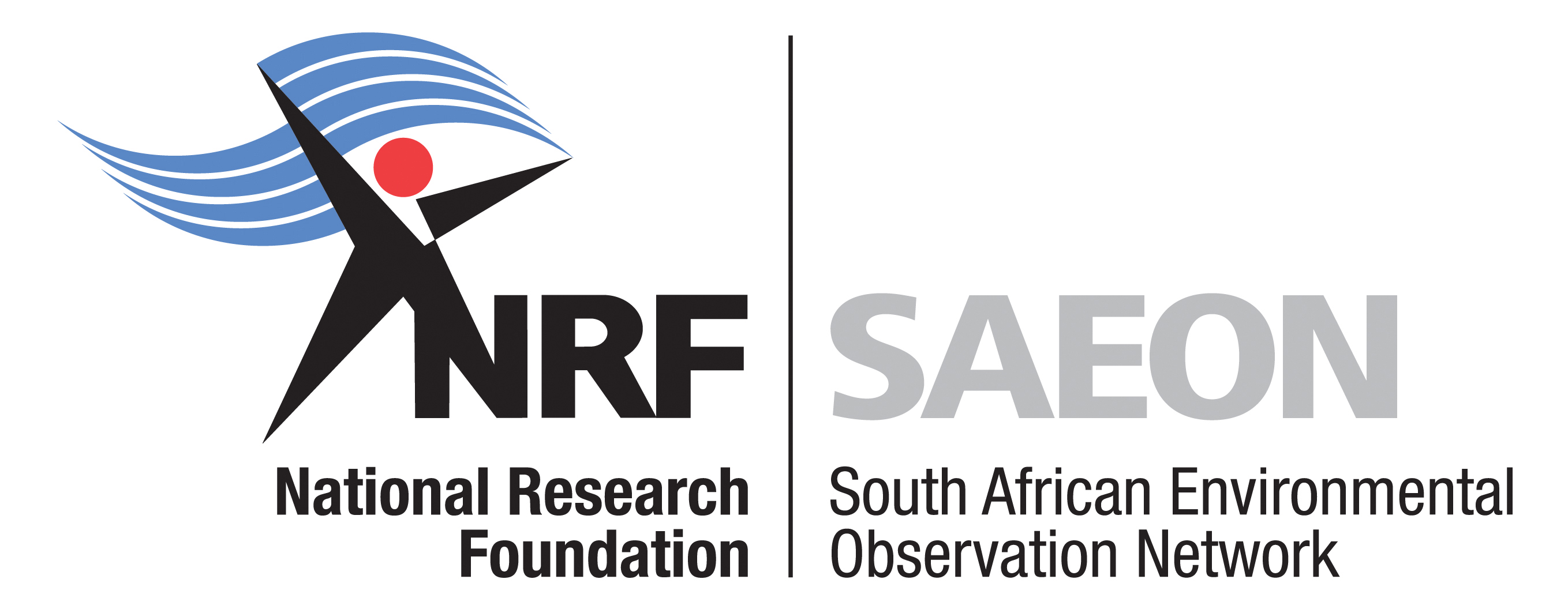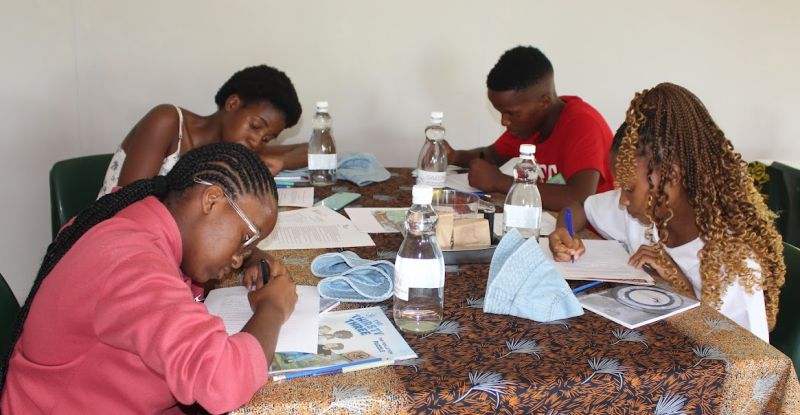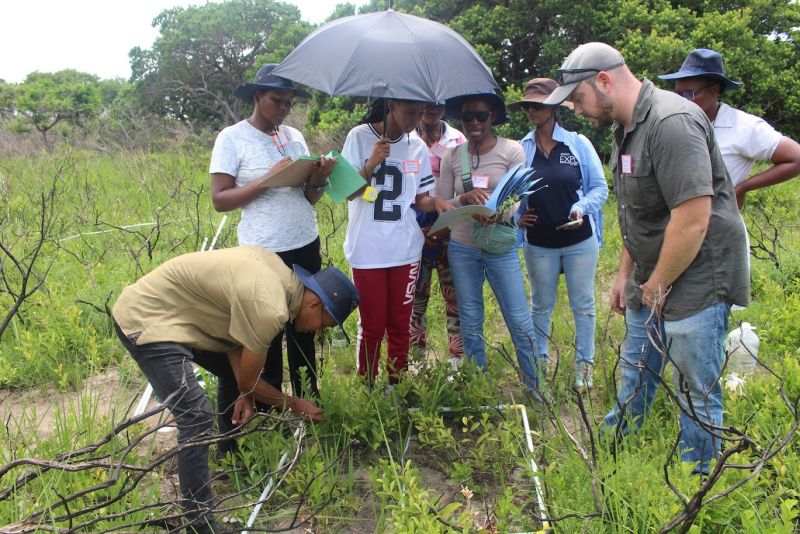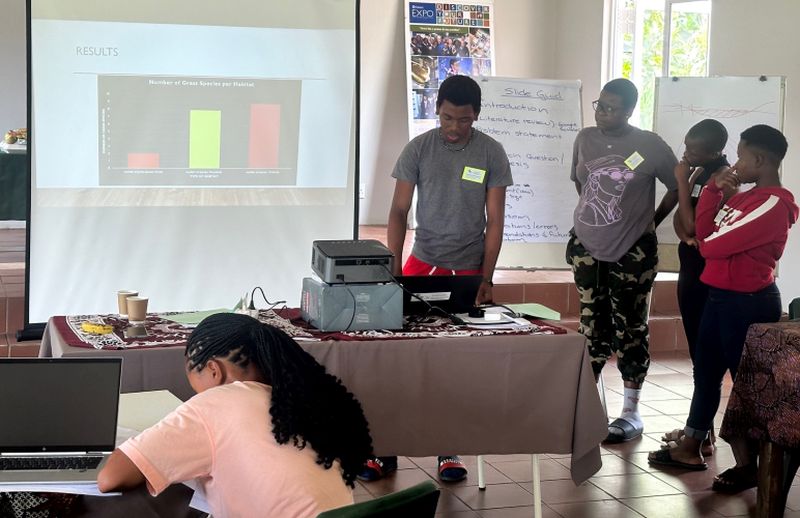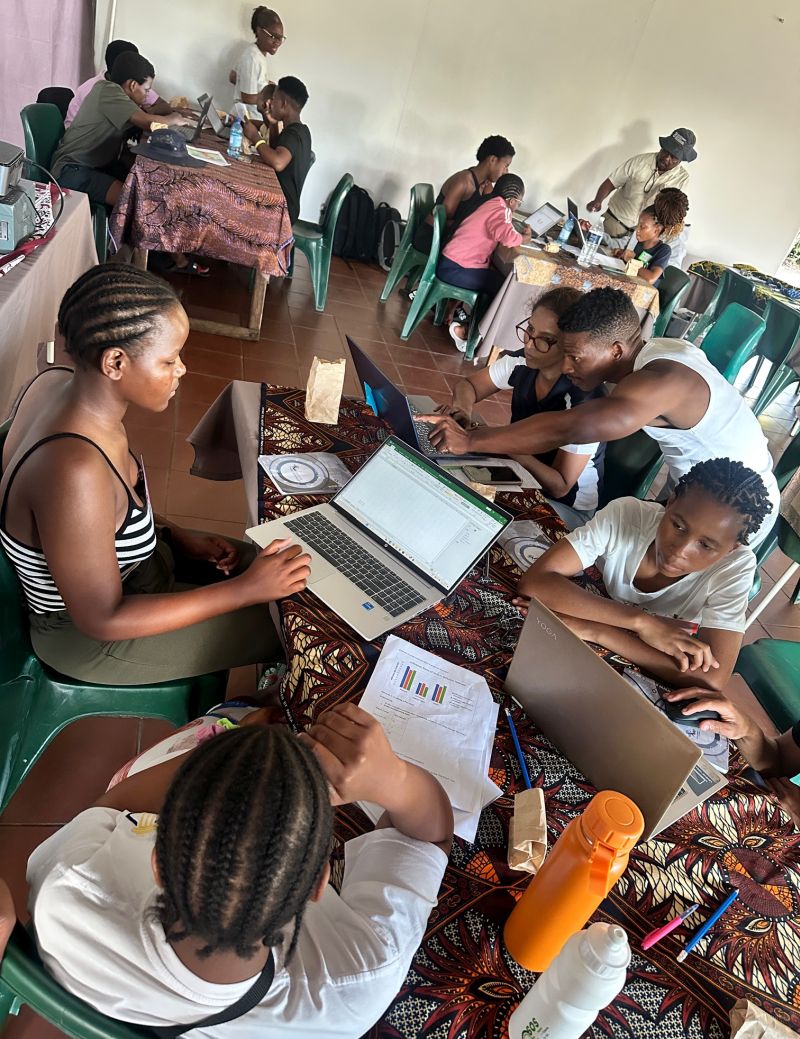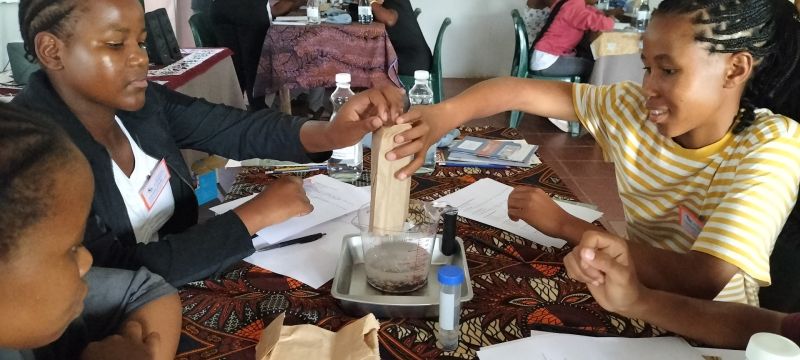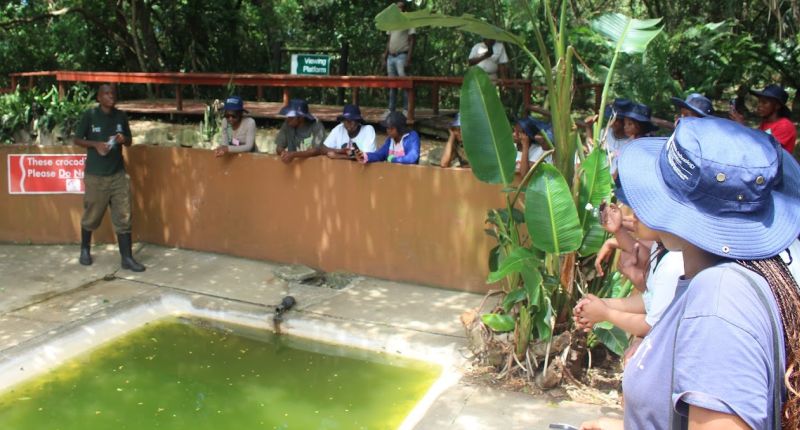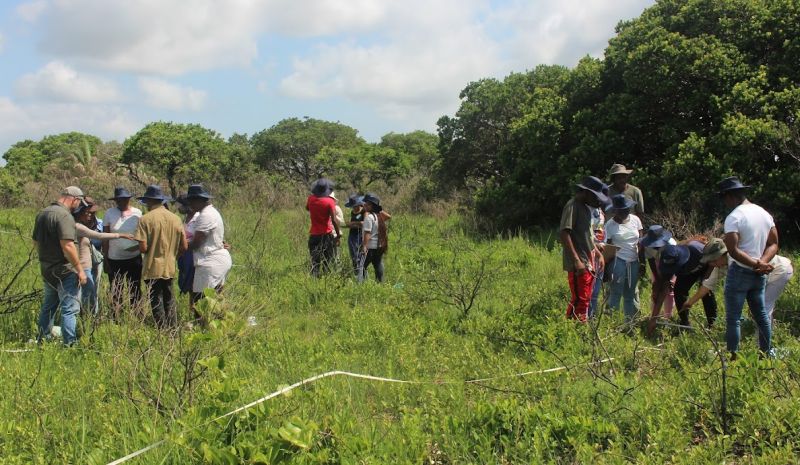eNews
#06 2024
Inspiring young minds: NRF-SAEON Grasslands Node grade 10 science camp
By Nozipho Mahlanze, Science Engagement Officer and Sue J van Rensburg, Coordinator, SAEON Grasslands Node
The Grasslands Node and the Expanded Freshwater and Terrestrial Environmental Observation Network (EFTEON) held a grade 10 science camp at the Futululu Forest in St Lucia in the first week of December. The event brought together 12 learners and three educators from Langelihle, Inkosi Moses Zikhali and Inkosi Mpiyake High Schools, all located within the Maputaland Coastal Plain (MCP).
With its focus on ecosystem diversity, the camp gave learners a fascinating experience by inspiring them to explore and understand the various ecosystems within this unique natural environment.
The programme started with an engaging icebreaker activity designed to help learners get to know one another. Each learner completed a short paragraph about themselves and passed it to the person next to them. They then introduced their peers using the information they had received, fostering friendship and teamwork from the outset.
We were fortunate to have Nalini Dookie, the KwaZulu-Natal provincial coordinator for the Eskom Expo for Youth Scientists, join us during the camp. Nalina delivered an inspiring presentation about the Eskom Expo, a science fair that provides learners with the opportunity to showcase their scientific investigations. Her session offered valuable insights and motivation, sparking curiosity and excitement among the learners about exploring science through practical projects.
Are you a scientist?
This question sparked an educational moment during the science camp. Initially, all the learners confidently answered “no”. However, this changed after they engaged in a fascinating “dancing-raisins” experiment, which brought the principles of science to life. In the experiment, the learners were tasked with developing a scientific question and forming a hypothesis about what would happen when they combined vinegar, raisins, bicarbonate of soda and water. They then experimented, closely observing and recording their data. By analysing the results and drawing conclusions, the learners experienced the process of scientific inquiry first hand. When asked the same question again after completing the experiment, the learners proudly identified themselves as scientists.
The first day concluded with an introduction to the scientific method, highlighting how scientists explore the world, and the critical steps involved in conducting investigations. This activity not only taught the learners the fundamentals of science but also inspired confidence and curiosity, helping them realise that science is accessible and that they are indeed capable of being scientists.
Field session
The second day began with an enriching field session at the Crocodile Centre in the iSimangaliso Wetland Park. In this activity, learners explored and compared three contrasting habitats – hygrophilous grassland, forest and wetland. This hands-on experience was designed to enhance their understanding of ecosystem diversity and dynamics. Learners were tasked with assessing these habitats through a mini-research project focusing on three key aspects – vegetation diversity, species diversity and water infiltration.
After completing their fieldwork, learners were taken to the Crocodile Centre, where they had the opportunity to explore and learn about the fascinating world of crocodiles. During their visit, they were introduced to the biology, behaviour and conservation efforts surrounding these reptiles. The knowledgeable guide shared interesting facts about crocodile habitats, their role in the ecosystem and the various species found in the region.
Empowering learners with computer skills
An essential part of the Grade 10 science camp was a mini-computer workshop that introduced the learners to essential digital tools of Microsoft Word, PowerPoint and Excel. Despite having little to no prior experience with computers, the learners demonstrated amazing flexibility and enthusiasm as they learned new skills to process and present their scientific data.
Learners were taught how to input their field data into Excel spreadsheets. They explored how to organise and interpret their data, drawing meaningful conclusions from their findings. They learned to structure their presentations, incorporating graphs, tables and summaries of their findings.
Each group developed unique questions and hypotheses based on the data they collected. Using their new Excel skills, they analysed the data to answer their questions. They used PowerPoint to create presentations and presented their group’s findings to their peers on the last day. For many, this was their first encounter with computers, yet they embraced the challenge and succeeded beyond expectations.
Introducing learners to citizen science tools
To inspire a lifelong connection with the natural environment, learners were introduced to citizen science through exposure to miniSASS and iNaturalist. These tools provided them with opportunities and knowledge on how to observe, document and contribute to scientific knowledge about the ecosystems around them.
Learners were also encouraged to download the iNaturalist app and participate in the SAEON National iNaturalist competition in 2025, where they could showcase their observations and contribute to biodiversity mapping.
Impact of the camp
The budding scientists were introduced to practical fieldwork techniques, allowing them to engage in scientific inquiry first hand. Activities such as data collection, species observation and habitat assessments provided them with opportunities to explore ecosystems in ways that are often unavailable in their school environments.
Working with research equipment helped learners understand the tools and methods used in real-world ecological studies. The hands-on nature of the camp challenged learners to ask questions, form hypotheses and test their ideas through experimentation.
For many learners, this was their first experience with Excel and PowerPoint, exposing them to the potential of technology in research and communication. They learned to enter and analyse data, create graphs and deliver polished presentations. The camp fostered collaboration and teamwork as learners worked in groups to complete their projects and present their findings. It instilled confidence in their abilities to engage with science and potentially inspire future studies or careers in STEM fields. The camp was a transformative experience, providing learners with the tools, confidence and inspiration to pursue further learning and exploration.
Reflections from the SAEON Grasslands Node Coordinator
What was phenomenal to witness was that within two days, the learners could produce and present mini projects. This reflects the dedication of our facilitators, led by Nozipho Mahlanze, to coach the groups through all the activities.
My appreciation goes out to the team (Nozipho, Siphiwe, Kent and Londiwe) from the Grasslands Node and Zanele from EFTEON. It was heartening to hear how sincerely fulfilled each of them felt through the experience of empowering the learners.
Learners write a paragraph about themselves during the introduction exercise.
Counting and measuring vegetation species.
Learners present the results of their research project.
Learning new skills to process and present their scientific data.
Learners conduct the “dancing raisins” experiment.
At the Crocodile Centre, learners were introduced to the biology, behaviour and conservation efforts surrounding these reptiles.
Learners in the field collecting data.
